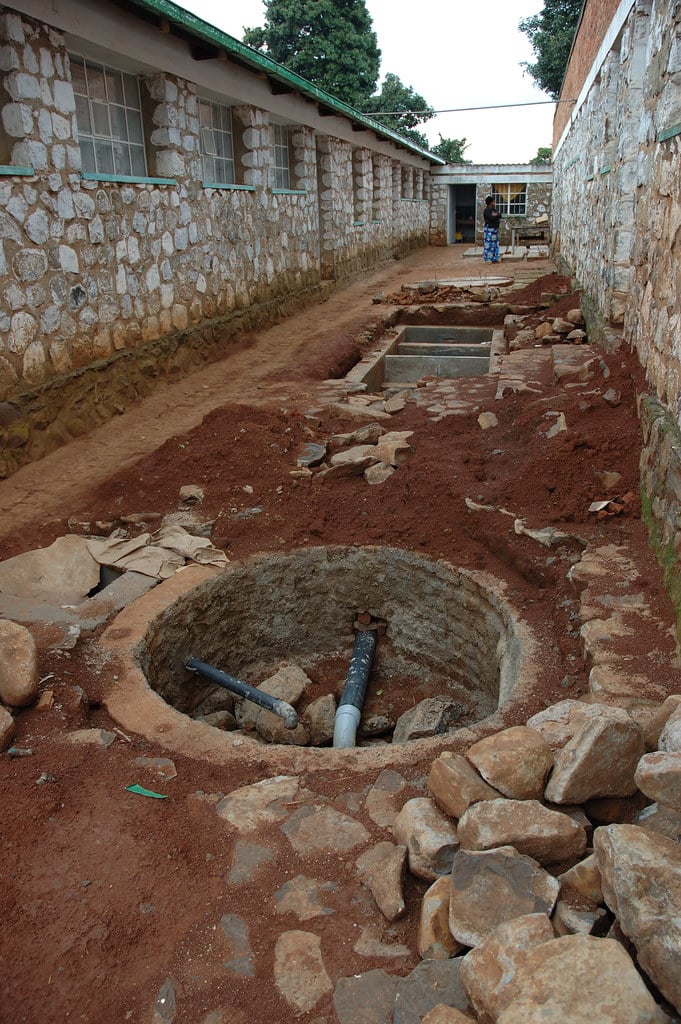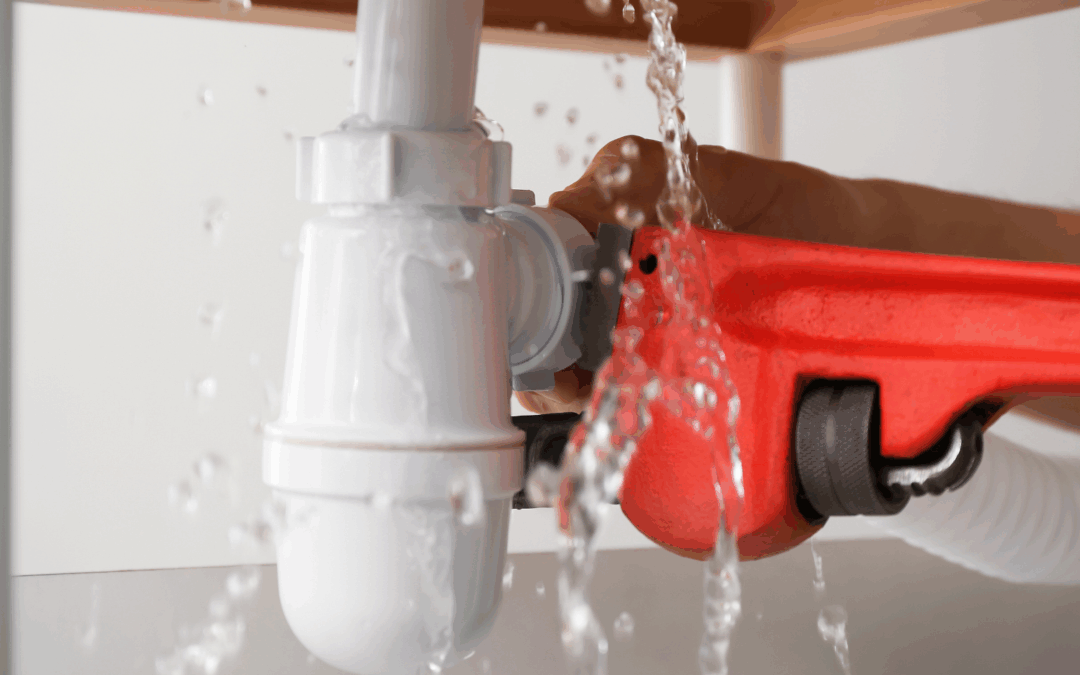No one likes talking about septic tank repair, but its more important than you think.
Taking care of your septic system is often a task that’s out of sight and out of mind, until something goes wrong, that is. Septic tank repair, an essential facet of maintaining your home’s waste management, can be a complex and sometimes costly process.
However, neglecting repairs can lead to even more significant issues that not only damage your property but also pose health hazards.
Schedule Service Online
Get a free estimate so you know what you're signing up for
"*" indicates required fields
For Emergency Services Call: 410-255-9300
This in-depth guide will walk you through the nitty-gritty of septic tank repair, offering valuable insights into the signs that your system may be faltering, DIY maintenance, hiring the right professionals, cost considerations, and preventive measures for a system’s long-term health.
Whether a homeowner or a professional in the plumbing industry, this comprehensive resource will bolster your understanding of how to keep your septic system— and peace of mind— in top condition.
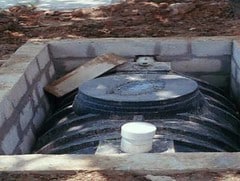
Common Warning Signs of Septic Tank Issues
Its best to tackle septic tank issues at the earliest signs, to avoid costly and stressful repairs. Many things could be a warning sign of possible septic issues.
Below we have highlighted a few common warning signs. Its best to contact a professional at any warning signs that your septic tank may have issues.
Detecting Foul Odors
The presence of unpleasant smells, particularly around your yard or near plumbing fixtures, isn’t just an inconvenience; it’s a clear indicator that something with your septic system isn’t right. The odors result from the accumulation of gases produced by the breakdown of waste, which are meant to be vented through the system.
If you’re detecting these odors, it’s critical to act quickly to identify the source of the issue. Common culprits could be a broken vent or a compromised seal in the tank. Prompt action can prevent more severe problems, including potential health risks and further deterioration of the system.
Sluggish Drains
When you notice your sinks, bathtubs, or toilets taking longer to drain than usual and do not function properly, it could be a sign that your septic tank is nearing its full capacity. Over time, sludge and scum build-up from household waste can accumulate, reducing the volume inside the tank for proper drainage and treatment.
Dealing with this issue sooner rather than later is essential. Ignoring the slow drains can lead to backups in the house, tree roots causing a blockage which is not only a major inconvenience but can also cause extensive water damage to the interior and a breeding ground for bacteria.
Pooling Water in Your Yard
Septic system repairs are sometimes visually apparent. One such indication is the presence of water pooling in the yard or standing water, particularly around the drainfield or the location of your septic tank. This indicates that the soil is not absorbing effluent as it should, which could be due to a clogged system, overuse, or problems with the septic field. Remember the telltale signs of needing a septic tank service.. this is the biggest one!
Pooling water is a problem with immediate environmental implications and should be addressed as soon as possible. If left unchecked, it could contaminate groundwater, posing significant health hazards and potentially necessitating a complete system replacement.
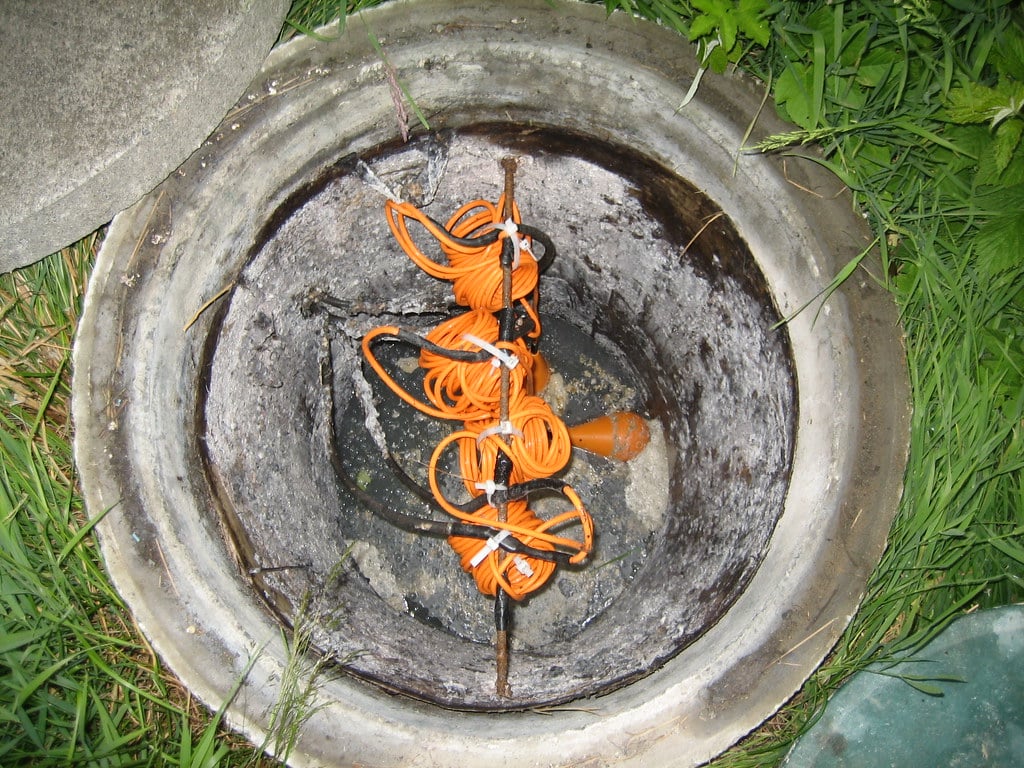
Common Septic Tank Repairs
Here are some common septic tank repairs. Taking care of issues early on can save a lot of money in the long run. Septic tank issues can be made worse with DIY repair, its always recommended to contact a professional.
Addressing Drain Field Issues
Drain fields, also referred to as leach fields, are critical components of the septic system. They’re responsible for filtering and distributing the liquid effluent from the tank back into the soil. When the drain field malfunctions, it can lead to flooding, a sewage smell, and a stubbornly saturated soil.
Repairing drain field issues may involve anything from replacing broken pipes to redistributing the effluent. In some cases, a drain field may not be salvageable, and a new one will need to be installed. Proper repair ensures that the wastewater is treated and disposed of safely, preventing contamination.
Pump Replacement
Septic pumps play a pivotal role in moving effluent from the tank to the drain field. When a pump fails, the entire septic system is at risk of becoming overwhelmed, leading to a host of problems from backups to odors.
Replacing a faulty septic pump is a precise operation requiring knowledge of both plumbing and electrical systems. While it’s a task that many homeowners would prefer to avoid due to its complexity, it is best tackled by trained professionals.
Routine Tank Cleaning
To keep your septic system healthy and functioning correctly, routine tank cleaning is vital. This process involves pumping out accumulated solids and sludge, generally every 3 to 5 years depending on household size and use.
Cleaning your septic tank helps extend the life of your system and averts the need for more costly repairs down the line. It’s only through regular maintenance that you prevent problems from escalating and your system from breaking down.
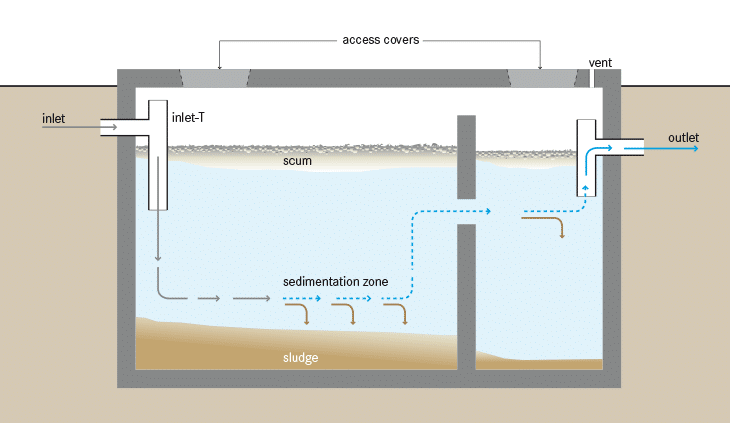
Different Types of Septic Tanks
Septic systems come in various designs, each with its advantages and suitable for different environmental conditions and household sizes. Understanding the different types of septic tanks is crucial for homeowners to make informed decisions about installation, maintenance, and repair.
Conventional Septic Tanks
These are the most common types, typically consisting of one or two chambers made from concrete, fiberglass, or plastic. They rely on gravity to move household wastewater from the home to the tank and then to the drainfield where it is naturally filtered.
Aerobic Treatment Systems (ATS)
AT Systems use oxygen to enhance the breakdown of waste within the tank. This system includes a mechanism to inject air into the tank, promoting the growth of oxygen-loving bacteria. It’s more efficient in treating wastewater and requires less space than conventional systems but is more costly.

Mound Systems
Mound systems are used in areas where the soil is too shallow or unsuitable for traditional septic systems. They include a septic tank, a pump, and a large mound of specially selected sand material. The pump sends the effluent to the mound where it is treated through filtration.
Chamber Systems
Instead of using gravel or stone for the drain field, chamber systems use large chambers made of plastic or fiberglass. These are installed in trenches and are particularly useful in areas with high groundwater or for properties that don’t use the system regularly, like vacation homes.
Drip Distribution Systems
This type involves a series of small tubes distributing the effluent gradually across the drainfield. It’s suitable for uneven terrain or smaller properties, requiring a pump and a timer to manage the distribution. Drip systems are efficient and reduce the risk of overloading any part of the drainfield.
Constructed Wetland Systems
Mimicking the natural cleansing processes in a wetland, these systems use plants and soils to filter the effluent before it reaches the groundwater. While they need more space, constructed wetlands are an eco-friendly option, offering aesthetic value to the property.
Each type of septic tank has its unique features and requirements. Homeowners should consider their property’s size, soil type, and environmental conditions when choosing the appropriate system. Regular maintenance and inspections remain critical, no matter the system type, to ensure longevity and proper functioning.

Hiring a Professional at MD Sewer
When it comes to maintaining or repairing your septic system, the expertise and experience of a professional can make a significant difference. Hiring a professional from MD Sewer for your septic tank repairs not only ensures that the job is done right but also offers peace of mind.
The Importance of Professional Assessment and Repair
Septic systems are complex and should be handled with care. Professional assessment ensures the correct identification of issues and the development of a sound repair plan. Specialists have the expertise and the necessary tools to safely navigate and service the many parts of your septic system.
How to Choose a Reputable Septic Tank Repair Service
When selecting a professional to repair your septic system, look for experience, proper licensing, and insurance. Seek out referrals and read reviews to gauge the reputation of the company. A reputable service will be transparent, communicative, and thorough in their work.
Remember, this is an investment in the ongoing functionality and safety of your home; skimping on quality now can lead to more significant costs in the future.

Cost Considerations
Understanding the expenses associated with septic tank repairs is critical in budgeting and preparing for the inevitable maintenance your system requires.
Factors Influencing Repair Costs
The cost of septic tank repair varies based on the nature of the issue, the size of the tank, the design of the system, the materials used, and the cost of labor in your area. Major repairs, such as a full drain field replacement, will be more expensive than replacing a baffle or fixing a minor leak.
Average Repair Cost Estimates
On average, minor repairs to a septic system can range from a few hundred to a few thousand dollars. Major repairs, including installing a new tank or drain field, can climb into the tens of thousands. The best defense against costly repairs is a robust maintenance plan.

Establishing a Regular Maintenance Schedule
Create a maintenance schedule and stick to it. Regularly cleaning your septic tank and conducting periodic inspections can catch issues early, saving you time and money in the long run.
Educating on Proper Usage
Simple daily habits can have a significant impact on your septic system. Educating your household on best practices for usage ensures that everyone is doing their part to protect the system.
These preventative strategies are the backbone of a healthy septic system. They’re a way to ensure that your system is running smoothly and efficiently and that you’re not caught off-guard by a significant repair need.
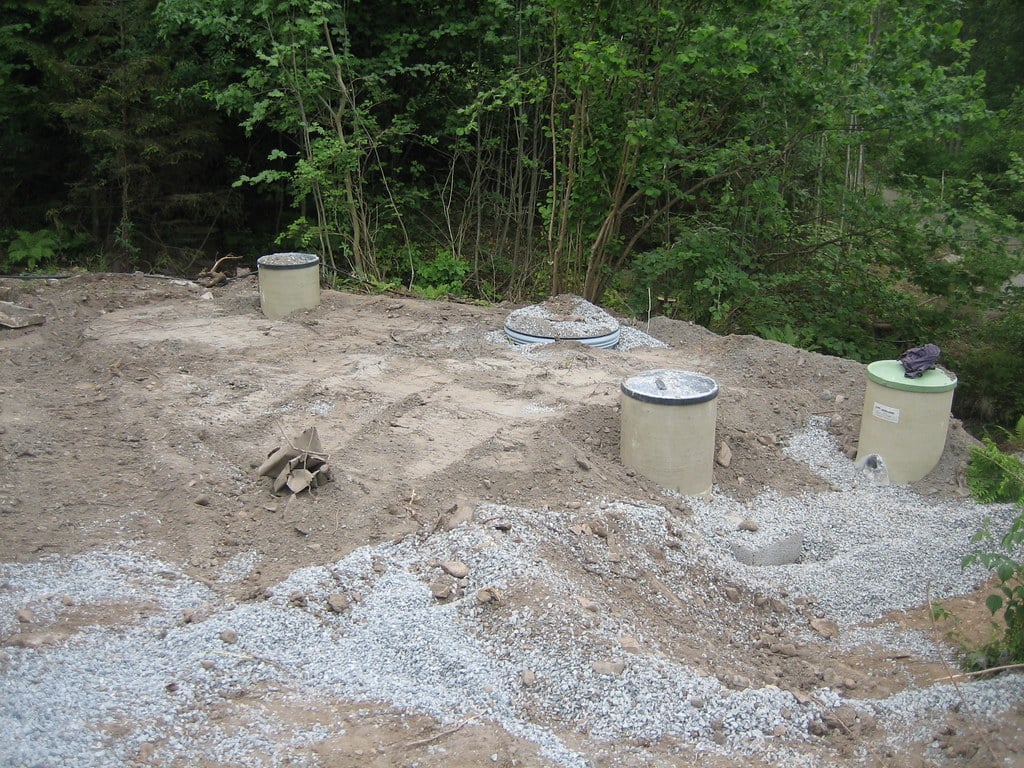
Remind Yourself The Important of Septic Tank Repair!
A well-maintained septic system is a sound investment in the health and value of your home. Regular inspections, and timely professional services can prevent the most common septic tank issues from turning into a homeowner’s nightmare.
By understanding the signs of trouble, familiarizing yourself with maintenance tips, being strategic about hiring professionals, and budgeting for a septic system repair, you’re taking the proactive steps necessary to keep your septic system—and your home—in top form.
Take this knowledge and use it to create an actionable septic system maintenance plan. Commit to caring for your septic system, and it will continue to serve you and your home for years to come. Remember, it’s far easier, safer, and more affordable to maintain a septic system than it is to repair or replace it.

